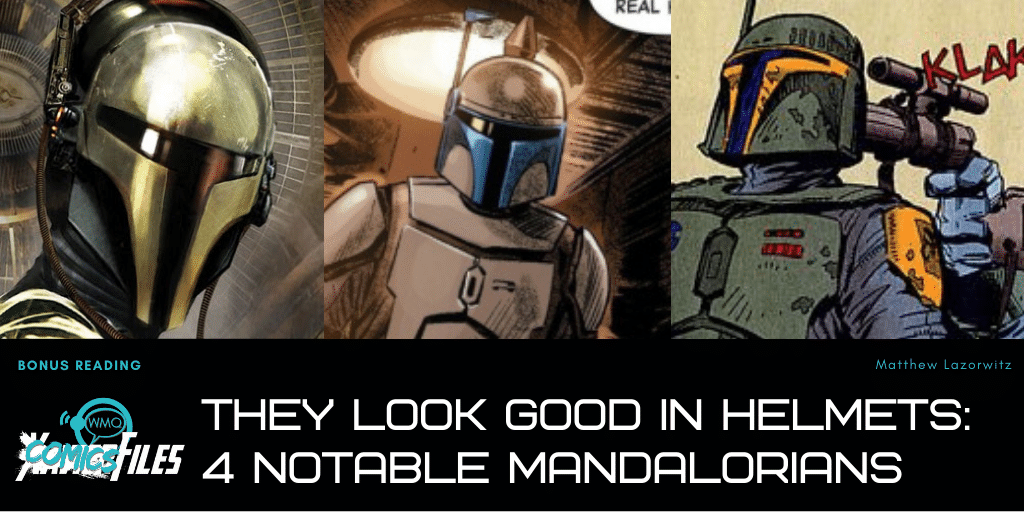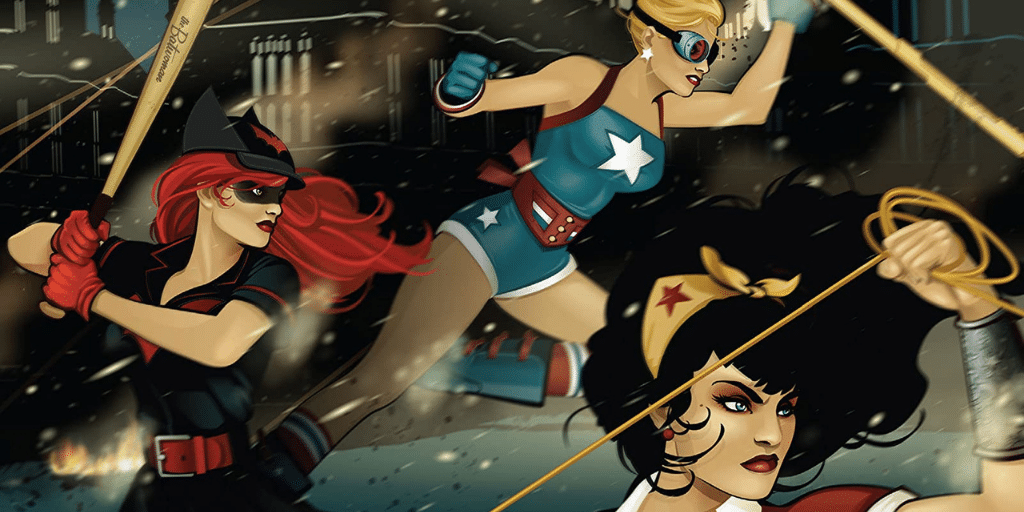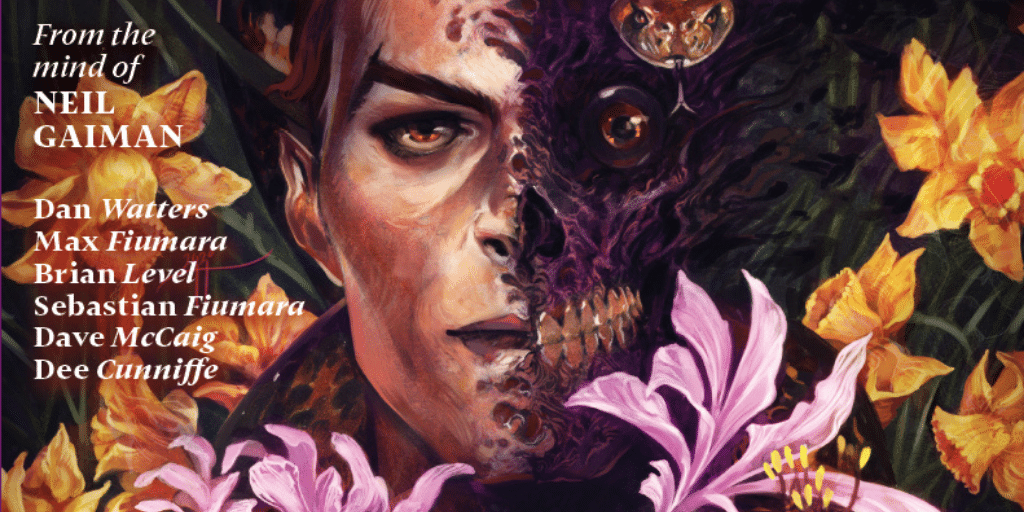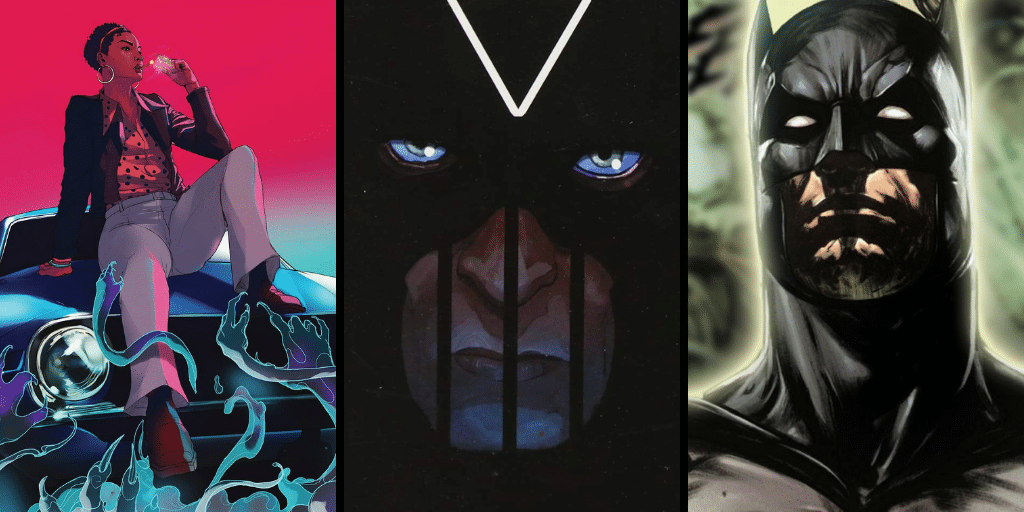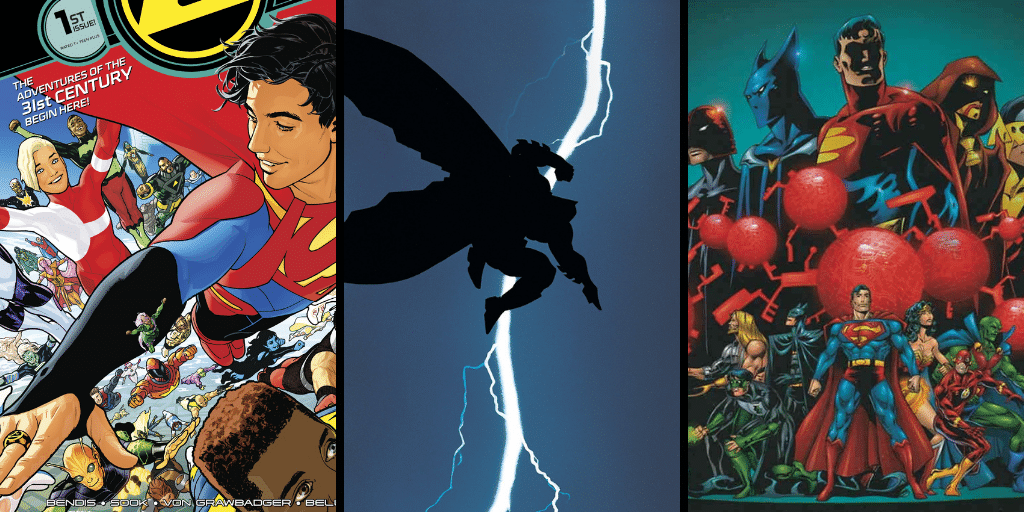If you are only slightly familiar with Star Wars — one of those people who has seen some number of the nine main theatrical films, say — and are not steeped in 40-plus years of lore, you might never have really heard of Mandalorians before the TV show that spotlights one of their number became a hit. While they were featured in episodes of The Clone Wars and Rebels, the word Mandalorian was spoken sparingly, if at all, in the Skywalker Saga, which might be surprising to some, but here’s a fun fact that makes that less surprising: The word “Sith,” now an integral part of any Star Wars discourse, is never spoken in the original trilogy.
Nonetheless, the armored warrior race the Mandalorians are now a major part of Star Wars lore, up there with the Jedi, Sith, Rebels and Imperials. Their distinct look and their code are known by fans of all interest levels. And while Mandalorians are new to live-action Star Wars (aside from those named Fett), they were a large part of the Expanded Universe before it was wiped out due to the red skies of the Disney takeover (By the way, can you picture Mickey Mouse in Anti-Monitor armor now? That tangent was too good to pass up).
So this week, with the season two finale of The Mandalorian on the horizon, Bonus Reading looks at four beings who wore Mandalorian armor introduced, or defined, in Star Wars comics.
Demagol

Four thousand years before the events of the main Star Wars saga, the era of Knights of the Old Republic, the video games and the comics, told the sweeping tales of wars between Jedi and Sith armies, but in between the Great Sith War of the comics and the Jedi Civil War of the video game, there was the Mandalorian Wars, where the Jedi and the Mandalorians fought. And while many Mandlorians were made famous in these wars, none was more infamous than Demagol.
Demagol was introduced in John Jackson Miller’s “Knights of the Old Republic” ongoing series, a comic that told the tale of fugitive Jedi padawan Zayne Carrick, and the band of misfits he was surrounded by, as he tries to prove his innocence in the murder of fellow young Jedi, all against the backdrop of the beginnings of the Mandalorian Wars. Early in Zayne’s adventures, he found himself on a space station called Flashpoint that was taken by Mandalorians, and on it, he encountered a very different Mandalorian: a mad scientist obsessed with the Force who had taken the name Demagol, which meant “sculptor of flesh” in Mandalorian, or as it would later be translated when he was a disgrace to Mandalorians, “butcher.”
Demagol, as with many Mandalorians, is not a native of the planet Mandalore, but instead joined their warrior culture and converted to it. He was a Zeltron, a usually passionate and emotional race that has emotion-manipulating pheromones. Demagol might have had his passions, but he hid them and instead was a cold, cruel scientist. As a lieutenant of the Mandalorian leader, Mandlore the Ultimate, Demagol was given Flashpoint Station as his lab, and all the Jedi prisoners he could assemble, to experiment on and try to find a way to harness the Jedi’s Force powers for use by the Mandalorians.
Zayne went to Flashpoint to retrieve one of his allies, the Arkanian Jarael, and there he found the horrors Demagol was performing on the imprisoned Jedi. Zayne freed Jarael and the Jedi, and escaped along with his ally Rohlan Dyre, a Mandalorian deserter who aided him in getting to the station. Only Rohlan Dyre was no longer who he seemed. Demagol had switched armor with Dyre, obsessed with Jarael’s seeming Force abilities and her connection to his own mysterious past. And since Mandalorians never remove their armor, no one knew the difference.
For nearly the entire series, Demagol was a member of Zayne’s network of friends, getting closer and closer to his goal, until finally revealing his identity in the final arc of the series. Demagol is a fascinating character because he is so different from other Mandalorians. He isn’t a warrior by nature, although he has no issue killing, and introduced a trope into the Star Wars universe that had not existed before: the evil geneticist, a trope that seems to be a part of the current Mandalorian TV series.
Jango Fett

OK, Jango Fett is clearly a major movie character. The genetic template/father to Boba Fett, Jango was introduced in Attack of the Clones as a bounty hunter and all around badass, but little was known or revealed of his backstory in the films. And that’s where the comics come in. Jango Fett: Open Seasons, a four-issue miniseries written by Haden Blackman and drawn by Ramon Bachs, revealed the history of Jango.
Aside from being the origin story of a major Star Wars character, this miniseries is fascinating for both its retconning of previous EU tales to fit the new canon established by AOTC, and how events and characters created for it were taken and tinkered with to add to the animated series canon. Jango’s history starts on his homeworld of Concord Dawn, a world in the Mandalore sector, where his family were humble farmers. They were pulled into one of the sectarian Manadlorian civil wars, this one between the Death Watch and the True Mandlorians. Fett’s father aided the True Mandalorians by giving them supplies, and when the Death Watch found out, they killed the family, although Jango escaped. He would join the True Mandlorians as a foundling, mentored by their leader, Jaster Mereel, and the series focuses on Jango’s training and the fight between the True Mandalorians and the Death Watch, ending with both factions being wiped out. The Death Watch kill Mereel and all his followers except Jango, and then Jango exacts revenge on the Death Watch. A parallel narrative follows Jango as he is recruited by Count Dooku to be the template for the clone army in the films.
Boba Fett was a major mystery and a hugely popular character in the EU, and many attempts were made to tell his origin. The story that stuck was that he was really a Journeyman Protector named Jaster Mereel, who killed a corrupt officer and was exiled by his fellow Mandalorians. With AOTC, this clearly no longer worked, so Blackman decided to take that backstory and work it into Fett’s past by giving it to Fett’s father’s mentor, and establishing that Boba and Jango would use Mereel’s name as an alias when they were undercover occasionally, thus making the stories where Fett used the name still work in canon.
When the Mandalorians first appeared in The Clone Wars animated series, many aspects of their background were markedly different from what had been established in the comics and novels, as was George Lucas’ want. He would often ignore established continuity to tell the story as he saw fit. But creators of the cartoon, like Dave Filoni, would often use what they could. Thus, when Lucas decided Jango was not a Mandalorian, it was said that he was not a Mandalorian by birth, but a foundling as was established in this series, which initially set out the Mandlorian habit of taking in orphans. The animated series also brought back the Death Watch as a sect within Mandalorian society, now a rogue one that wanted to reestablish the violent warrior days rather than the pacifist ones of the current Mandlorian administration. It even went as far as to name the leader of the current Death Watch Pre Vizsla, a nod to Tor Vizsla, the leader of the Death Watch in the comics, setting the two up as members of the same clan.
Jodo Kast

Marshall Cobb Vanth, played by Timothy Olyphant in the second season premiere of The Mandalorian, is not the first guy to wear Boba Fett’s armor, or a facsimile thereof. No, that dubious distinction goes to former Rebel turned bounty hunter Jodo Kast. Introduced in an adventure for the classic West End Games Star Wars RPG, Kast would go on to make his most notable appearance, and meet his maker, in the comic Boba Fett: Twin Engines of Destruction.
To be clear, Kast is not a Mandalorian, either by birth or adoption. Kast is instead a guy who was trying to make his name by using the foreboding appearance of Mandalorian battle armor. Fett and Kast were rivals, and while Fett was the superior bounty hunter, Kast never gave up trying to supplant him. And when Fett “died” on Tatooine in the belly of the Sarlacc, Kast decided to repaint his armor and pretend to be Fett to demand higher payment for his bounties. It was a plan that worked, but it proved to be Kast’s undoing when Fett turned up alive and was … let’s say not pleased to find someone impersonating him.
Twin Engines of Destruction is the story of Fett exacting his revenge on Kast. It has a Western feel, as Fett sets up an elaborate scheme to lure in and then exact his revenge on Kast, hiring him and then defeating him in battle, finally leaving him to be killed by his own exploding jetpack. It’s a great story, and was a comic that really made it clear how cool and deadly Boba Fett was in an era when there was much less material about him and he was mainly cool because he was this silent badass in Empire Strikes Back and you had to ignore his Wilhelm scream when he went into the Sarlacc in Return of the Jedi to say he was undoubtedly a tough guy.
And to top it all off, while Kast impersonated Boba Fett, Kast himself was once impersonated. His identity was taken in the serialized novella “Side Trip” by an Imperial officer trying to get close to an underworld figure to assassinate him. That Imperial? Grand Admiral Thrawn.
Hondo Karr

If you thought we would make it through a Matt Lazorwitz-written Star Wars article without mentioning a character created by John Ostrander, you were sorely mistaken. While Mandalorians did not feature heavily in any of Ostrander’s numerous Star Wars series, there was a recurring Mandalorian character who got a couple spotlight issues during Ostrander’s far future, Star Wars: Legacy series, Hondo Karr.
First introduced in issue #4 of Star Wars: Legacy, an issue that served as an aside to the main plot to better flesh out this new era of Star Wars, Karr was a member of the 407th Stormtrooper Legion, aka Joker Squadron. He served under Sith Lord Darth Maleval. Karr had a sense of honor and disliked the Imperial mindset of executing members of their own legions as loyalty tests, and when Maleval killed one Stormtrooper for refusing to kill another innocent, Karr attempted to take out Maleval, and was saved from his own death when a fellow trooper shot the Sith.
When Hondo next popped up, he had joined the remnant of the Galactic Alliance, the successor to the New Republic that had been decimated by the new Sith Empire. He served as an infiltrator, thanks to his knowledge from his time as a Stormtrooper, and soon was a member of the legendary Rogue Squadron. While on a mission with the Rogues, Hondo’s backstory was revealed.
Hondo was a Mandalorian who served directly under the Mandalore of the time, Chernan Ordo. While aiding the Galactic Alliance, the Mandalorians were betrayed from within by one of their own, who sold them out to kill Ordo and those loyal to him and become leader of the Mandalorians. Hondo put on the armor of a dead Stormtrooper at the battle and infiltrated the Empire to try to gain information to prove the betrayal. Encountering his ex-wife, Hondo left the Alliance, re-donned his cool black Mandalorian armor and set out to redeem his honor and that of Mandalore. Unfortunately, the series ended before Hondo’s story could come to an end, but he was a sterling example of the cunning and the honor of Mandalorians.
Matt Lazorwitz read his first comic at the age of 5. It was Who's Who in the DC Universe #2, featuring characters whose names begin with B, which explains so much about his Batman obsession. He writes about comics he loves, and co-hosts the podcasts BatChat with Matt & Will and The ComicsXF Interview Podcast.

